Estimated reading time: 4 minutes
Many decisions in gardening involve weighing up the pros and cons. This even applies to netting your fruit trees. You’d think it would be a no-brainer—put on a net and save the fruit, right?
Well, this photo (above) demonstrates one of the downsides. It usually becomes obvious as soon as you take the drape nets off.
Related Articles
The top 4 fruit tree espalier mistakes to avoid
Espalier can be beautiful and productive way to grow your fruit trees—if you avoid these 4 common mistakes.
How to tell fruit buds from leaf buds
Understanding the difference between fruit buds and leaf buds on your fruit tree makes everything else about fruit growing easier.
How to prune your apple tree
Pruning apple trees takes a little more specialist knowledge than other fruit types, but your trees will reward you with ample crops.
All the growing tips (or “leaders”) at the top of each limb have grown bent over. If they’ve been held down by the net for too long while they’re flexible and growing strongly, they may have permanently taken on that bent shape and won’t spring back to the vertical when the nets are removed.
So, what to do?
How to avoid the problem caused by drape netting fruit trees
Ending up with bent trees is a great lesson in why it’s best to remove the nets as soon as you’ve picked the fruit.
It’s also much easier to remove netting while the fruit trees still have leaves on them.
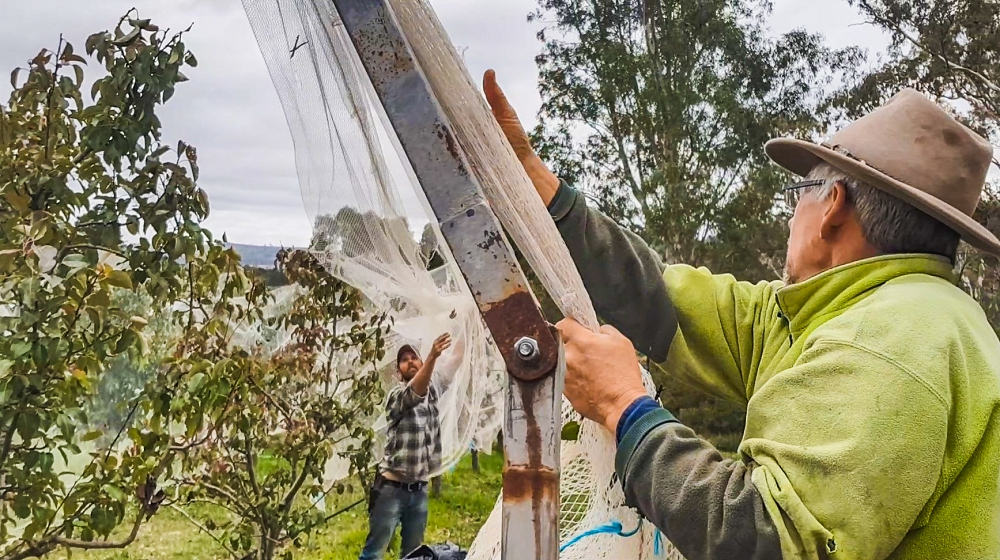
The poor bent tree at the top of this blog is a 4-year-old peach tree. It grew very well and yielded a lovely crop of peaches the year this photo was taken. It was netted in plenty of time to save the fruit from the birds.
What should have happened next was the removal of the nets. But, things got busy, and it never quite got to the top of the ‘to do’ list.
Sound familiar?
It’s all too common, and you can see the consequences only too clearly.
It makes the use of a frame to support the net (like the one below) a much more attractive idea.

How to fix bent limbs from drape netting
Even though drape netting can affect the shape of your tree, all is not lost. In fact, the benefits of netting your fruit trees still far outweigh the cons, even if you end up with some bent branches.
Luckily, the bent limbs are not that difficult to correct. A bit of careful pruning at the top of the limbs will usually remove most of the bend. The limbs will then continue their growth in a mostly straight line next year. You just need to understand the consequences of the pruning cuts you make to correct the problem, which is explained in this blog.
Apart from the obvious benefit of saving your fruit from being eaten by pests, there’s also another benefit.
Drape netting your fruit trees can help to slow the growth of a vigorous tree. This will often help a tree to settle down and produce fruit, rather than putting all its energy into growth.
It’s also really interesting to note how easy it is to influence the way a tree grows. This can be particularly useful if you’re aiming for a particular shape of tree such as an espalier, for example. Find out more about how to grow different-shaped trees here.
Related Articles
The top 4 fruit tree espalier mistakes to avoid
Espalier can be beautiful and productive way to grow your fruit trees—if you avoid these 4 common mistakes.
How to tell fruit buds from leaf buds
Understanding the difference between fruit buds and leaf buds on your fruit tree makes everything else about fruit growing easier.
How to prune your apple tree
Pruning apple trees takes a little more specialist knowledge than other fruit types, but your trees will reward you with ample crops.

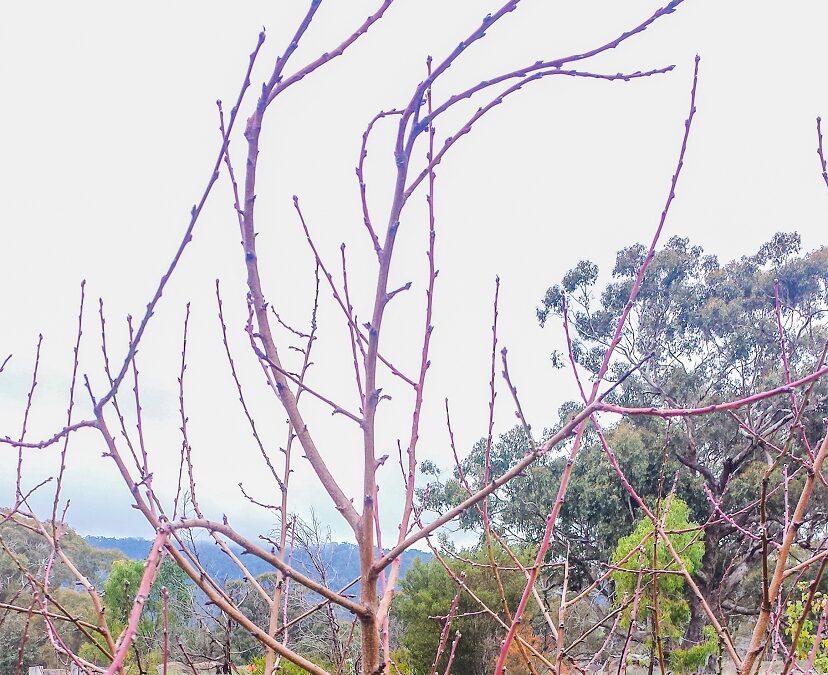

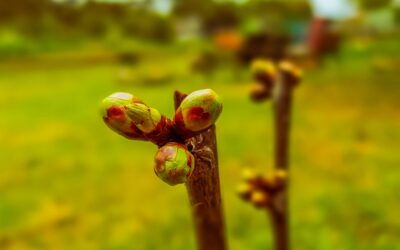
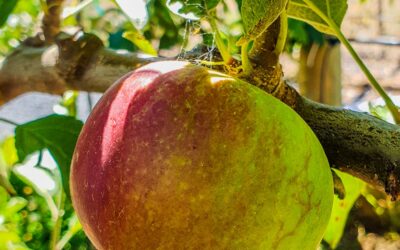
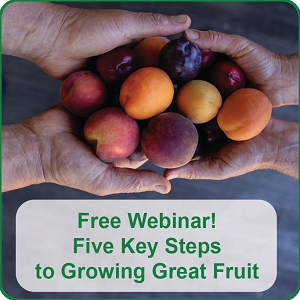
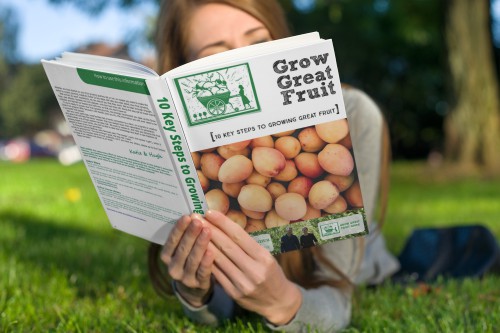
When the best time for pruning apple trees, peaches, pomegranate, kiwi fruit and citrus plants?
Now or end of June??
Hi Nasim – a common question, for sure! Most deciduous fruit trees are pruned in winter, with the exception of apricots (and usually cherries as well), which we often do in late summer to reduce the risk of spreading disease. Evergreens (like citrus) are usually done after harvest.
Wondering about that peach…it has a central leader, not an open centre vase shape? Wouldn’t it be easier with netting if that tall central bit wasn’t even there? Thought you encouraged vase shape?
Hi Chris, the angle of the photo does look a bit like a central leader doesn’t it, but it’s not, it’s a vase. The photo was taken in winter before it was pruned, so after it had grown all summer and got a bit wild. Don’t worry, the pruning restored the original vase shape!
at what stage should you bird net a cherry tree ,my cherrys are just green about the size of a pea ,,lst time ive just moved here and don’t know nothing about cherry trees ,,,please someone help me
Hey Scott, the birds have a sixth sense, and often manage to pinch it the day before you’re planning to pick it (we’ve heard that sad story SO many times). So the moral of the story is, net early!!! In the case of cherries, pretty much as soon as they start turning pink (weeks before they’re ripe) they’ll start attracting the attention of the birds. For larger fruit, we recommend netting them as soon as the thinning is finished.
thanks Katie ,,for that ,,I know what to do now ,,THANKS
My persimmon is now a lovely weeping shape due to netting.
That’s what we’re talking about, Jay!